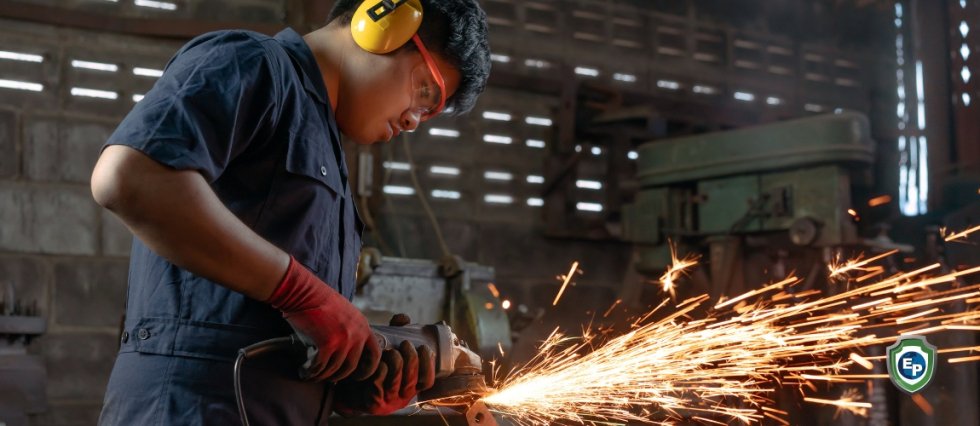China-backed trade deal seen helping investors, not workers
"Many believe China-backed investment and trade deals like the Regional Comprehensive Economic Partnership (RCEP) will not provide significant, direct benefits to most of the involved developing countries. Here's why."

One of the main goals of the Comprehensive and Progressive Agreement for Trans-Pacific Partnership (CPTPP), which came into effect at the end of 2018, was to limit China's influence, particularly in South East Asia and the Pacific region. But China has created its own trade deal with many of the countries involved in the CPTPP, called Regional Comprehensive Economic Partnership (RCEP).
Although the RCEP does not include global superpowers like the US, Canada, the UK, and members of the European Union (EU), it still comprises 15 nations, representing 2.2 billion people (30% of the world’s population) and $26.2 trillion (30% of global GDP). The RCEP is thus one of the largest trade blocs in the world. But many are concerned that the deal will not help the majority of those 2.2 billion people.
Many analysts believe that the RCEP will not do much to support the developing nations in the bloc. Countries with labor-intensive economies will likely end up seeing more imports coming in than export goods going out, at least in the short-term, since the deal includes different levels of tariff reductions for each product and country. Furthermore, there are no provisions in the RCEP that address improving labor rights. The deal will likely benefit the investor class first and foremost, although it is possible that in the long-term, businesses will be encouraged to build supply chain networks within the region, creating more jobs. While the RCEP may not lead to a significant increase in infrastructure investment, corporate investment in supply chains will probably go up.

Moreover, it is also possible that the RCEP will provide more advantages to countries with developed industrial policies that help the development of higher-value sectors. These include countries such as China, Korea, Japan, New Zealand, and Australia. According to Chris Rogers, a supply chain analyst at S&P Global Market Intelligence, “The RCEP pact makes it easier for Chinese companies to run regional supply chains more efficiently. In return, Southeast Asian countries get better access to China, South Korea, and Japan, and therefore, the politics and economics are well-balanced.”
Stay Connected with Export Portal
In the world of trade, it is important to stay updated on all current events. For more useful blogs like this one, make sure to check out the rest of Export Portal’s Blog Page and learn everything trade-related!






Comments 2